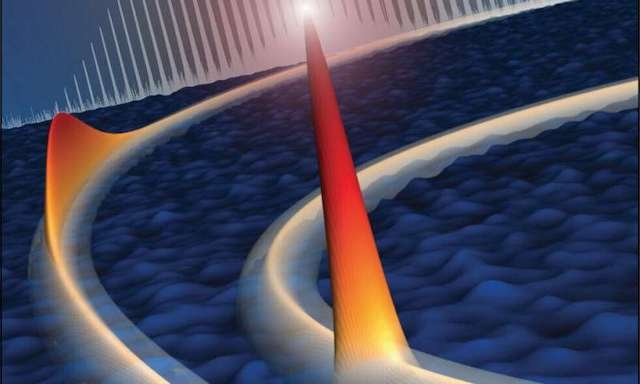
In a new study, researchers have made a breakthrough to a crucial element of an atomic clock.
The research was conducted by researchers in the Emergent Photonics Lab (EPic Lab) at the University of Sussex.
Currently, the UK depends on the US and the EU for the satellite mapping used in cars and cellphones.
Previous studies have shown that atomic clocks are very accurate in time measurement, losing less than one second every ten billion years.
They can reduce the reliance on satellite mapping in the future and replace GPS and Galileo.
However, current optical atomic clocks are very big, massive devices, weighing hundreds of kilograms. It is impossible to use in daily life situations.
In the current study, the team used cutting-edge laser beam technology. It is an exceptionally efficient and robust micro-comb based on a unique kind of wave called a ‘laser cavity soliton’.
The solitons are special waves that are particularly robust to perturbation.
The team used pulses of light, confined in a tiny cavity on a chip. They inserted the chip in a laser based on optical fibers, the same used to deliver the internet at home.
They found the new technology could help improve the efficiency of the lancet by 80%. Lancet in a traditional clock is responsible for counting.
This improvement is a big step closer to the development of portable atomic clocks.
The researchers suggest that a portable atomic clock will be very useful in daily life. It can work on an extremely accurate form of geo-mapping without satellite signals.
For example, ambulances will be able to access their mapping whilst in a tunnel. Commuters will be able to plan their route whilst on the underground or without a mobile phone signal in the countryside.
Portable atomic clocks can also be applicable in driverless cars, drones, and the aerospace industry.
Next, the team will transfer this chip-based technology to fiber technology to develop a portable atomic clock.
One author of the study is Dr. Alessia Pasquazi from the EPic Lab in the School of Mathematical and Physical Sciences.
The study is published in Nature Photonics.
Copyright © 2019 Knowridge Science Report. All rights reserved.



